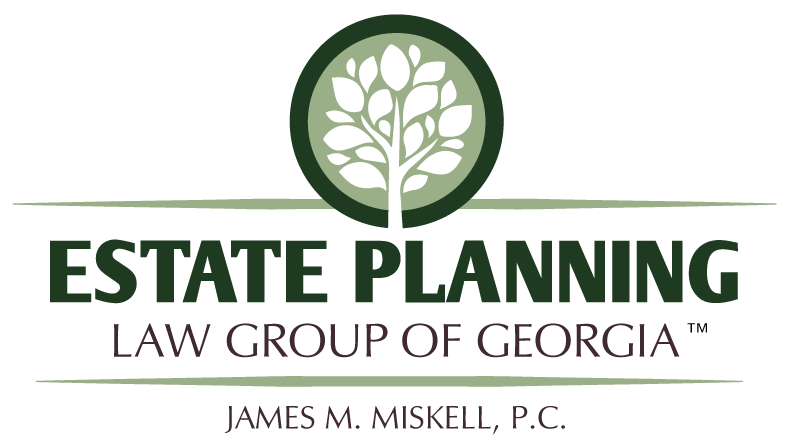WHETHER it’s treasured pearl earrings or a vintage camera, a house or what’s left of your life savings, deciding who should inherit your worldly goods means making sometimes wrenching choices. For older people without children, stepchildren or grandchildren, the decision can be even more complex.
Estate planning oftentimes means ensuring the future care and prosperity of one’s children, and through them, for future generations still. So what do you do when there are no kids, no grandkids, or not even so much as a stepchild to care for? What is estate planning without a family?
The New York Times recently touched on the subject of estate planning without a family. It is an important topic for those without future generations to inherit their assets. If this issue affects you or someone you know, then be sure to read the article titled “In Estate Planning, Family Isn’t Always First.”
In the beginning and in the end, estate planning is always about disposing of your assets. Both in popular imagination and in the laws on the books, this commonly means the how and why of giving it to family members. Nevertheless, even with no lineal heirs to inherit your assets, there remains important decisions to be made. Optimistically, this means the sky is the limit.
Many elect to give to charity, and as the original article describes, this can be an ever more important life-choice and period of growth for you, and especially for a childless couple. You see, many see “family” as their only legacy. However, through philanthropy you can choose your legacy. To do so well and to really appreciate your choices can take some planning. In the end, however, the time and treasure required to get your estate planning done right is worth the satisfaction and peace of mind it affords. To build the right plan will take both competent counsel and a bit of soul searching, to be sure.
For more information about estate planning, please visit our website.
Reference: The New York Times (May 2, 2014) “In Estate Planning, Family Isn’t Always First”

Recent Comments